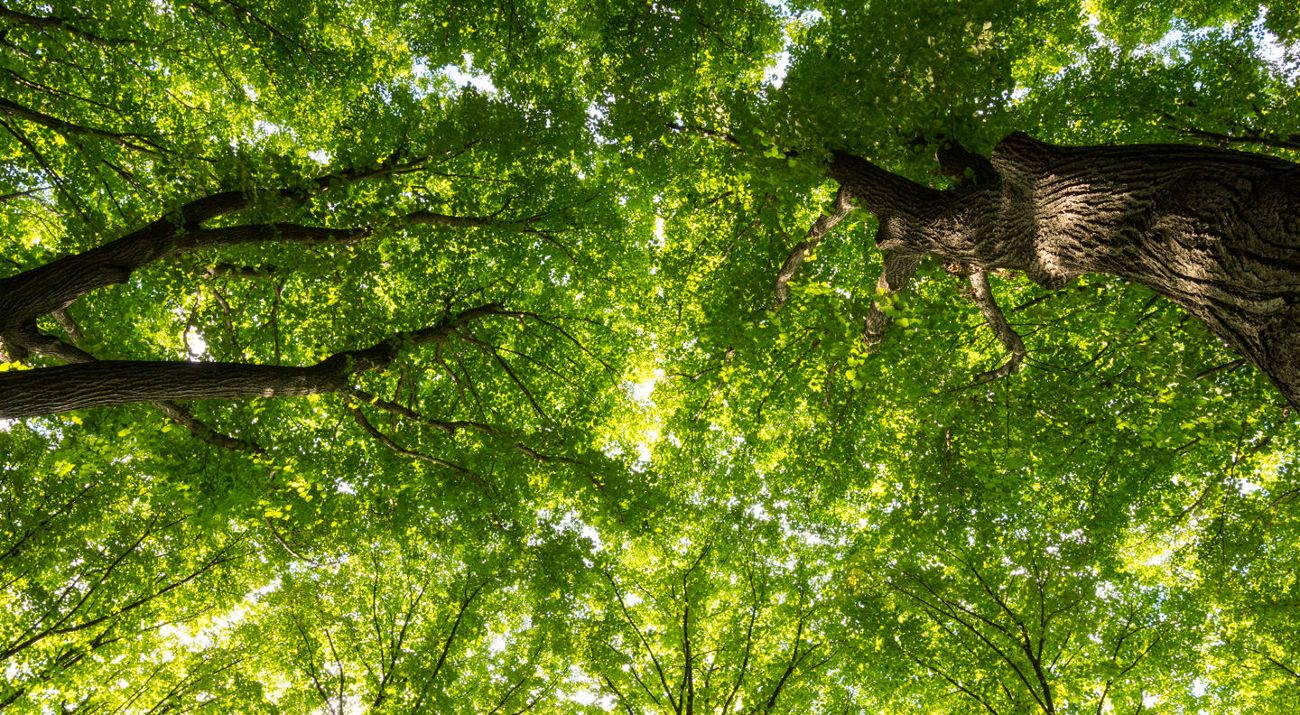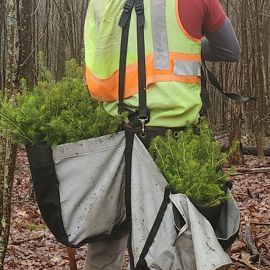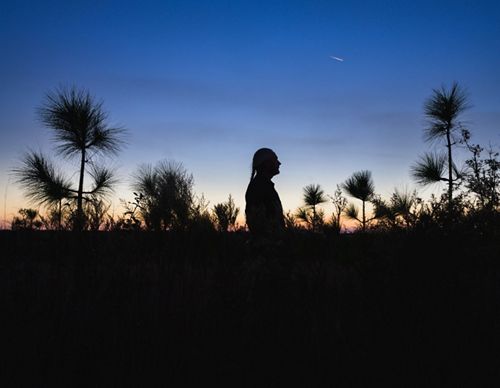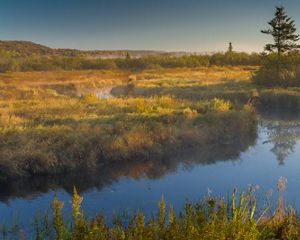
Will You Help Us Regreen America?
Plant Your TreeThe U.S. is home to some of the world's oldest and tallest trees. In addition to being beautiful places for us to recreate, they provide so many benefits, including filtering more than half of our water supply and capturing carbon to help mitigate climate change.
There many things that pose risk to these forests—fires, invasive pests and deforestation. Plant a Billion Trees is working to mitigate these risks and restore these forests one tree at a time.
Will you help us regreen America?

Upper Great Lakes
Our work over the last 15 years has focused on protecting large tracts of forests that are threatened in this area.

Upper Great Lakes
We aim to improve forest resilience and watershed health across the entire region.

Upper Great Lakes
We are also developing and implementing adaptive strategies to increase forest diversity.

Upper Great Lakes
These forests are world renowned for their biodiversity, recreational, scenic and economic values, and the clean fresh water they supply to the Great Lakes watersheds.

Upper Great Lakes
Our large-scale restoration projects involve planting and protecting thousands of acres of forest in the region.

Upper Great Lakes
Our restoration work traditionally focused on restoring the long-lived conifers, all of which have been greatly reduced in the Northwoods during the last century.

Mississippi Bottomland Hardwood
Bottomland hardwood forests once covered over 21 million acres along the waterways and tributaries of the Mississippi River, but only two percent remain.

Mississippi Bottomland Hardwood
Not only will local wildlife benefit from the creation of additional habitat, but migratory waterfowl will also be able to take advantage of additional areas for feeding & resting.

Mississippi Bottomland Hardwood
Reforestation in the Delta will provide the quality habitat bears require to live and flourish.

Mississippi Bottomland Hardwood
We are helping to improve water quality by implementing established conservation practices within these priority watersheds.

Shortleaf Pine
Shortleaf pine forests once covered a vast area but now more than 50% have been lost. We are working to restore these iconic forests.

Shortleaf Pine
These forests are key for wildlife habitats, recreation and water quality in the area.

Central Appalachian Forests
Central Appalachian forests filter and store clean drinking water for millions of people for the Ohio River Valley and Washington D.C. areas.

Central Appalachian Forests
The high elevation of these forests supports one of the largest concentrations of rare wildlife in the region. The forest is also an important home for several migratory songbirds.

Longleaf Pine
Longleaf pine was once a dominant forest across nine states from Virginia to Texas. Now that very little of the forest remains, we are working to bring it back to life.

Longleaf Pine
The rare red-cockaded woodpecker lives only in mature pine forests in the SE U.S. It is an important part of this ecosystem. By resotring the forest, we can help its survival.

Longleaf Pine
Thanks to restoration efforts across the region, longleaf pine forests are starting to come back, and The Nature Conservancy is dedicated to restoring this important forest.

Longleaf Pine
Virginia serves as the northernmost stronghold of a longleaf system that was once dominant across nine states from Virginia to Texas.

Clinch Mtn/Russell Beartown Red Spruce
A 125-acre planting site received 25,000 seedlings from genetically diverse sources to enhance the forest’s future climate resilience.
Planting Trees Across the U.S. Explore the map by clicking on the locations to learn more about our planting sites.



